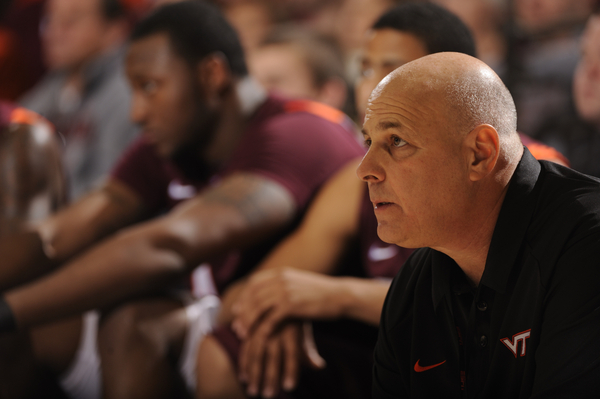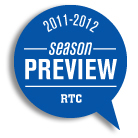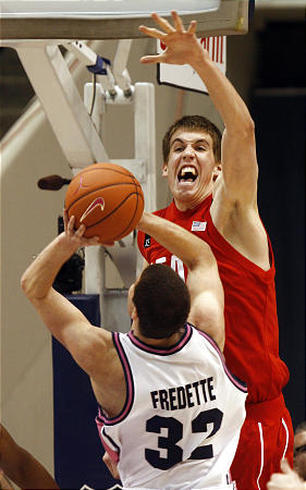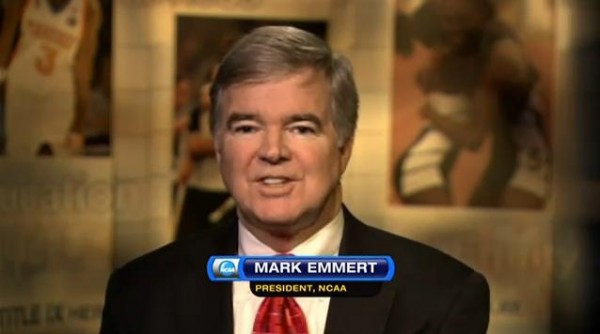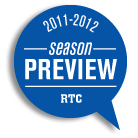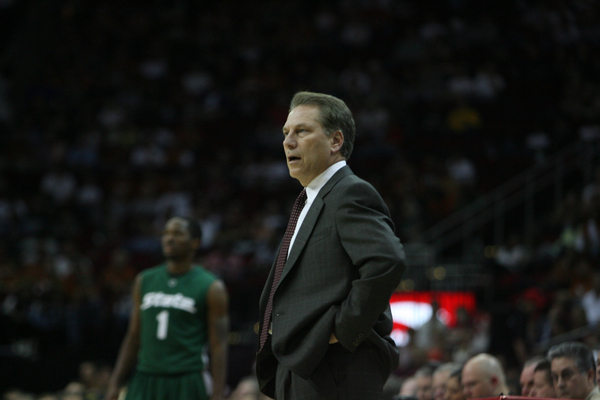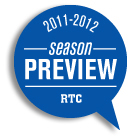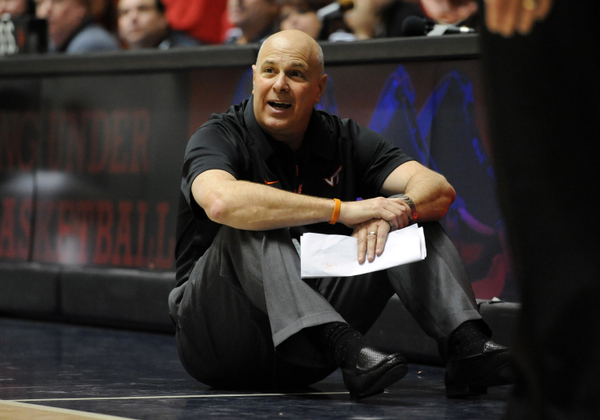WCC Embraces New Media As Its Basketball Profile Rises
Posted by rtmsf on November 2nd, 2011Michael Vernetti is the RTC correspondent for the West Coast Conference.
When you’re smaller and lesser-known than the competition you’ve got to do things differently from them – and preferably smarter.
That’s been the operating philosophy of Jamie Zaninovich in his four years as commissioner of the West Coast Conference, a basketball-first league of faith-based institutions with no pretense of BCS connections. It showed in the contract Zaninovich negotiated with ESPN in one of his first acts as commissioner to bring WCC games to a wider audience than the mighty Pac-12. It worked last August when Zaninovich snuck in under the radar and convinced Brigham Young University to leave the Mountain West Conference and play all sports outside of football in the WCC. (Granted, BYU’s inclusion in the WCC might be short-lived as the Cougars’ infatuation with membership in the Big 12 continues even though the Big 12 apparently doesn’t return the affection. For now, though, Zaninovich has seen his conference rise to seventh place among Division I basketball leagues according to CBSSports.com analyst Jeff Goodman.)
Zaninovich’s flair for innovation manifested itself again last week when the WCC held a groundbreaking Media Day. Rather than the dreary non-event most conferences schedule once a year to allow coaches to make their pre-season predictions, the WCC’s event was all about new media and new ways to reach the public. For starters, the conference took advantage of its high-tech neighborhood and staged the event at the headquarters of growing media giant YouTube, which counts some 450 million monthly viewers. Chew over that figure a second and then compare it with the few millions that the biggest traditional media outlets brag about.






























